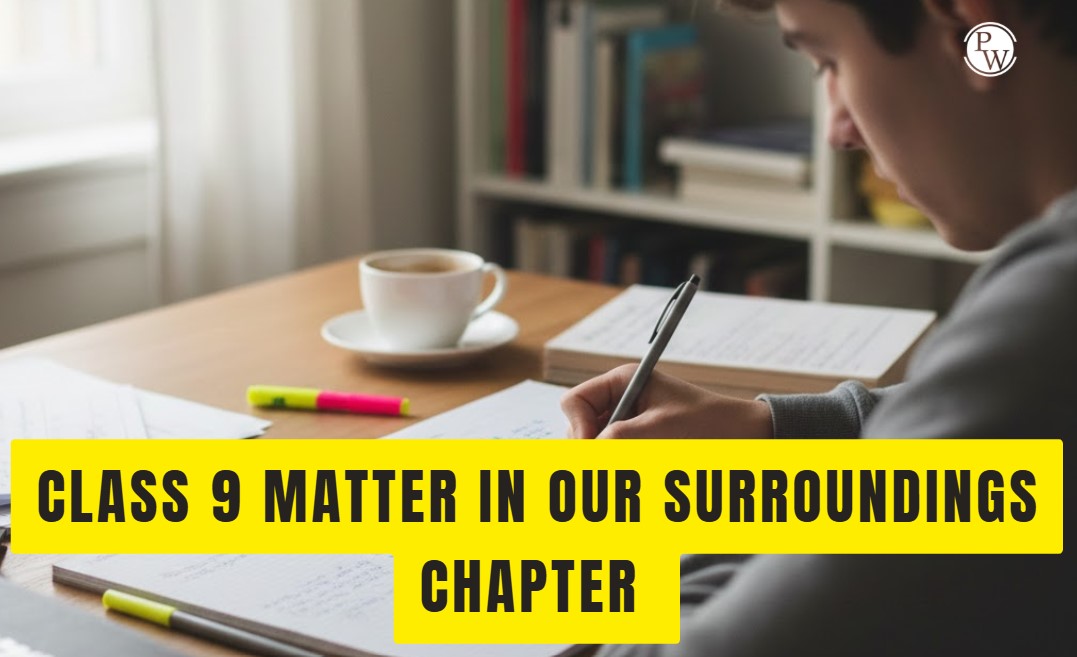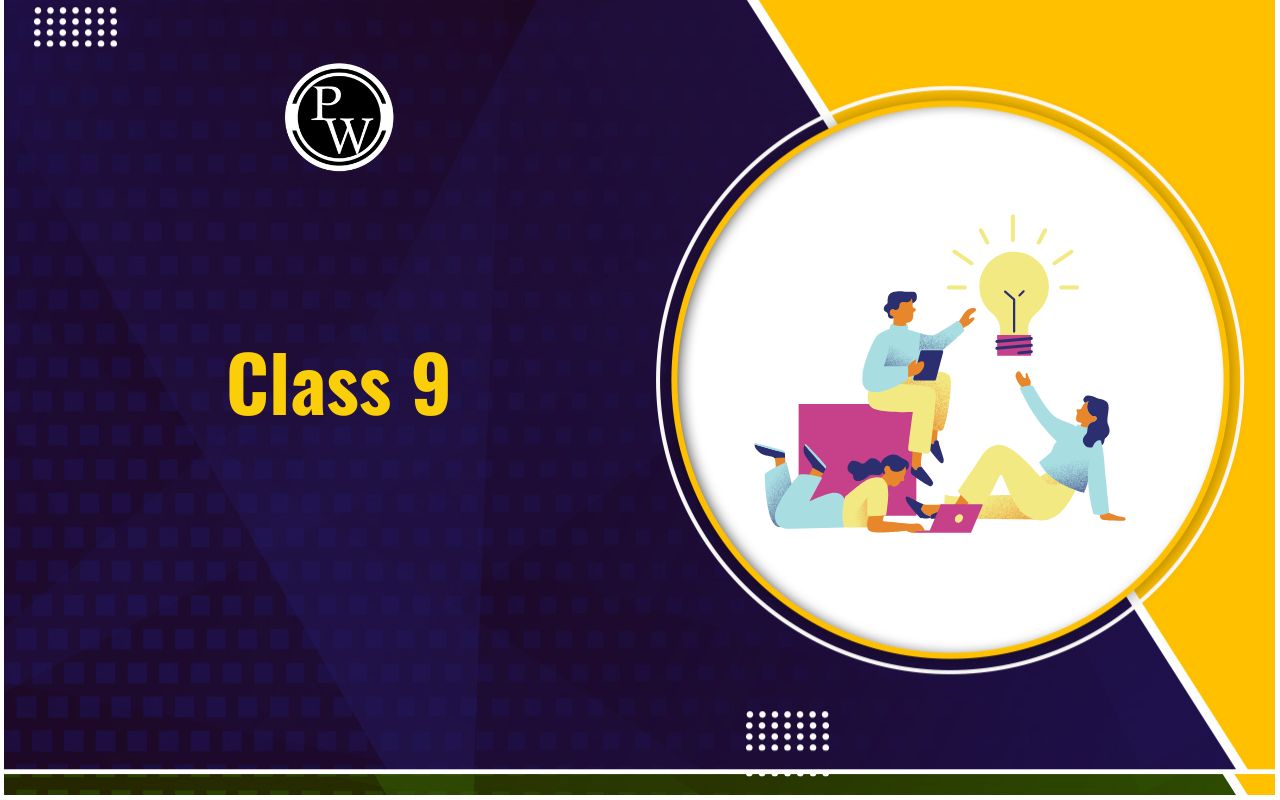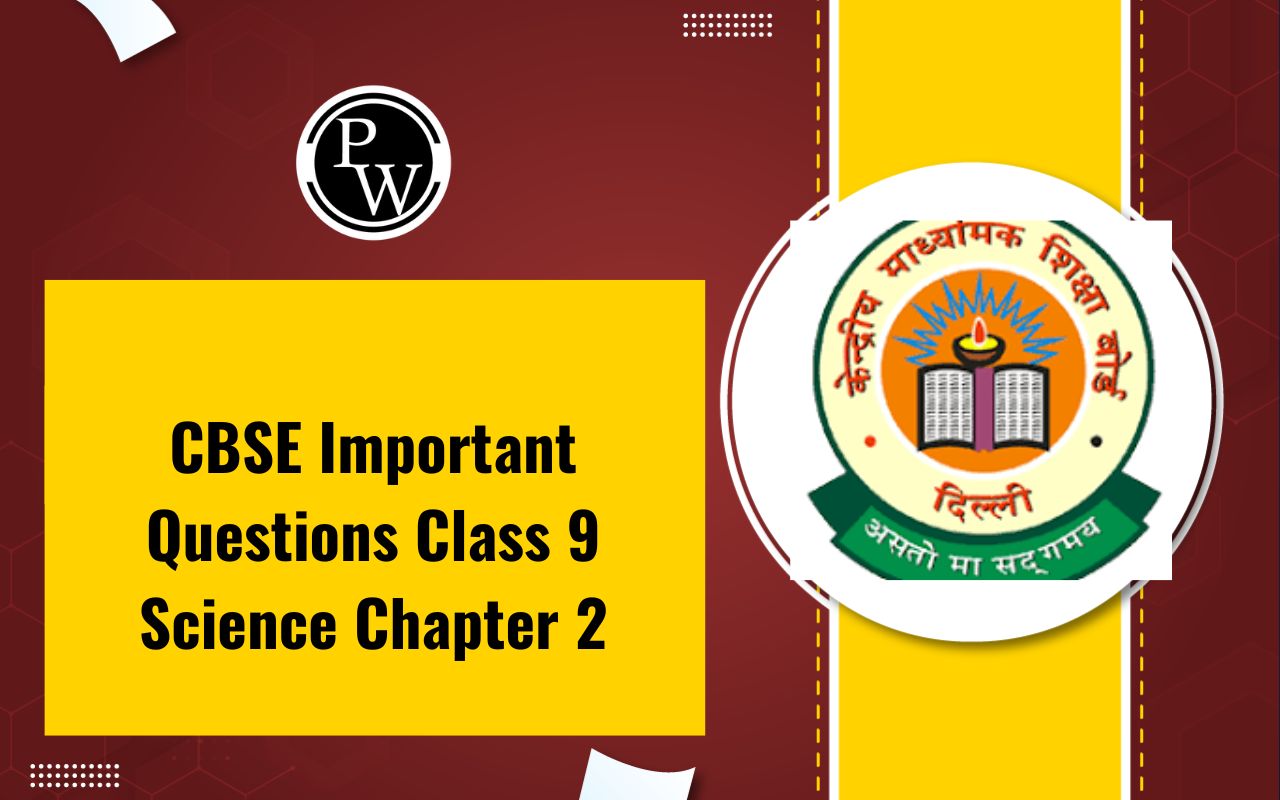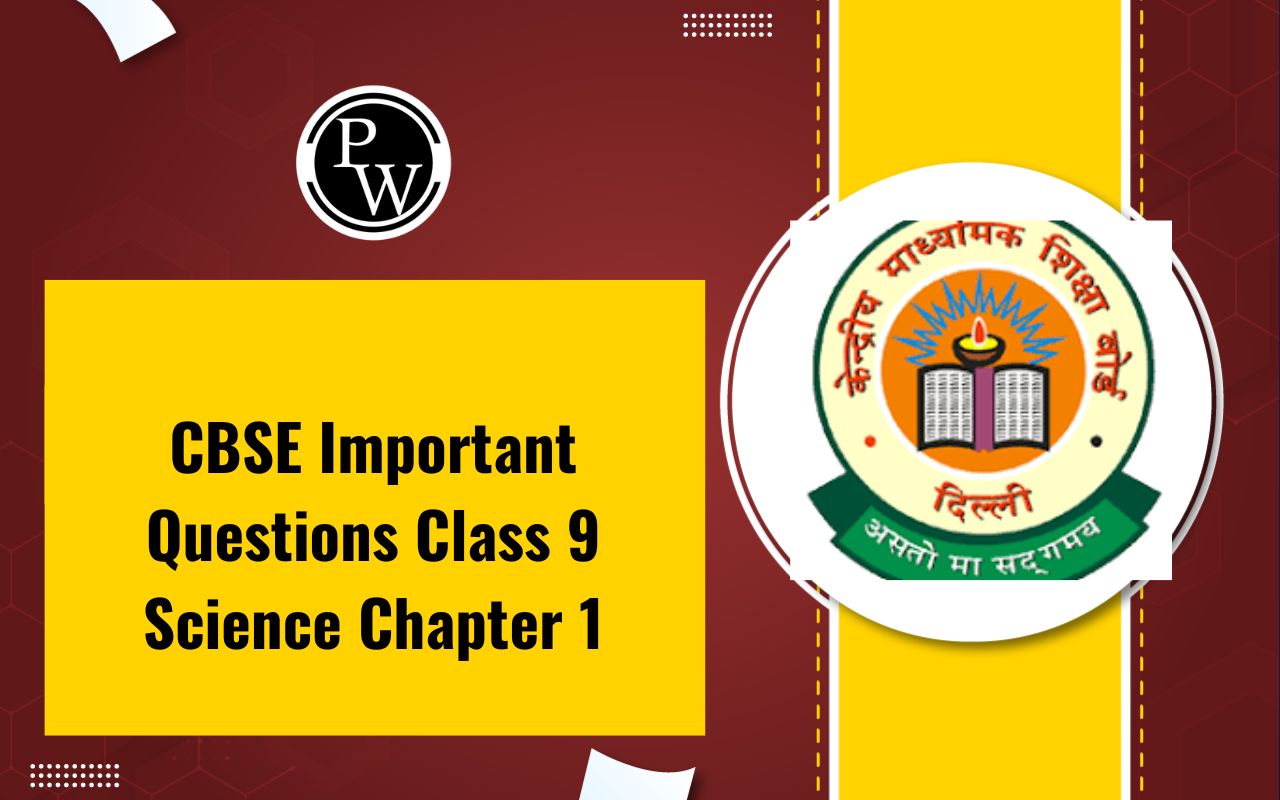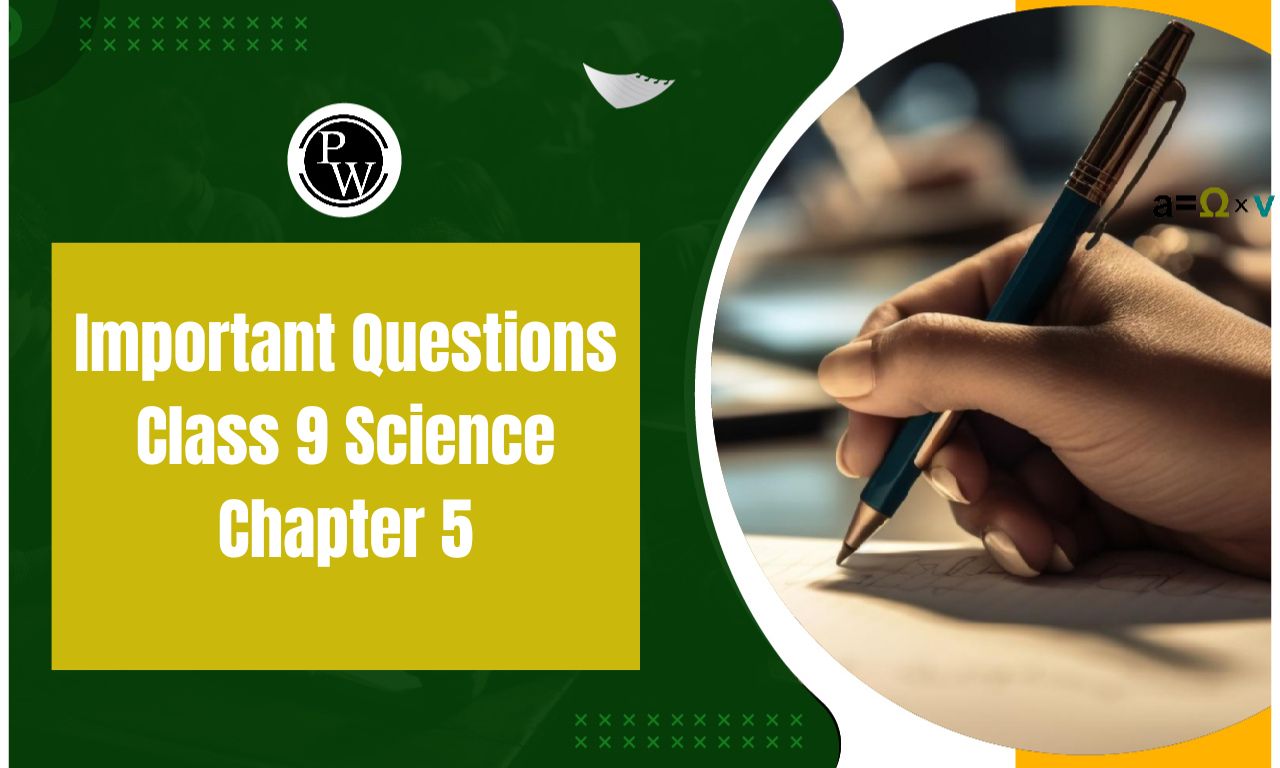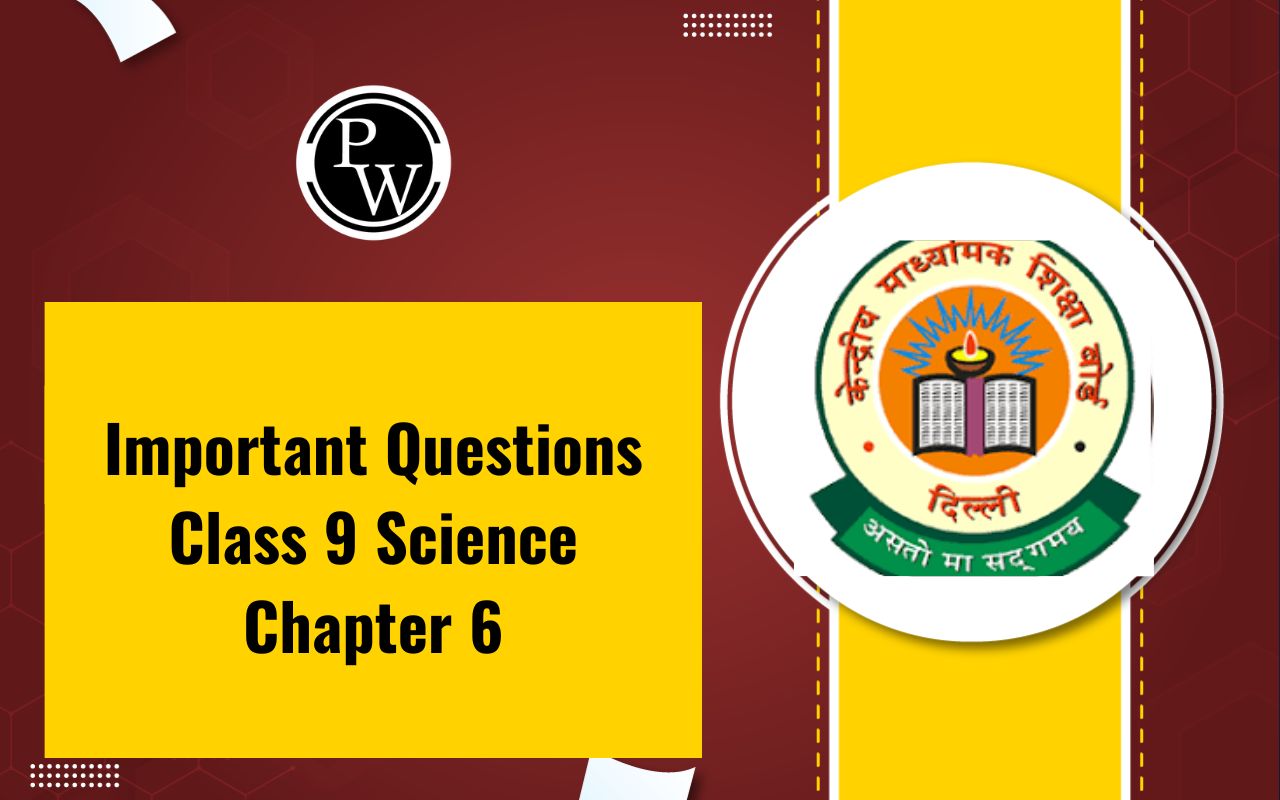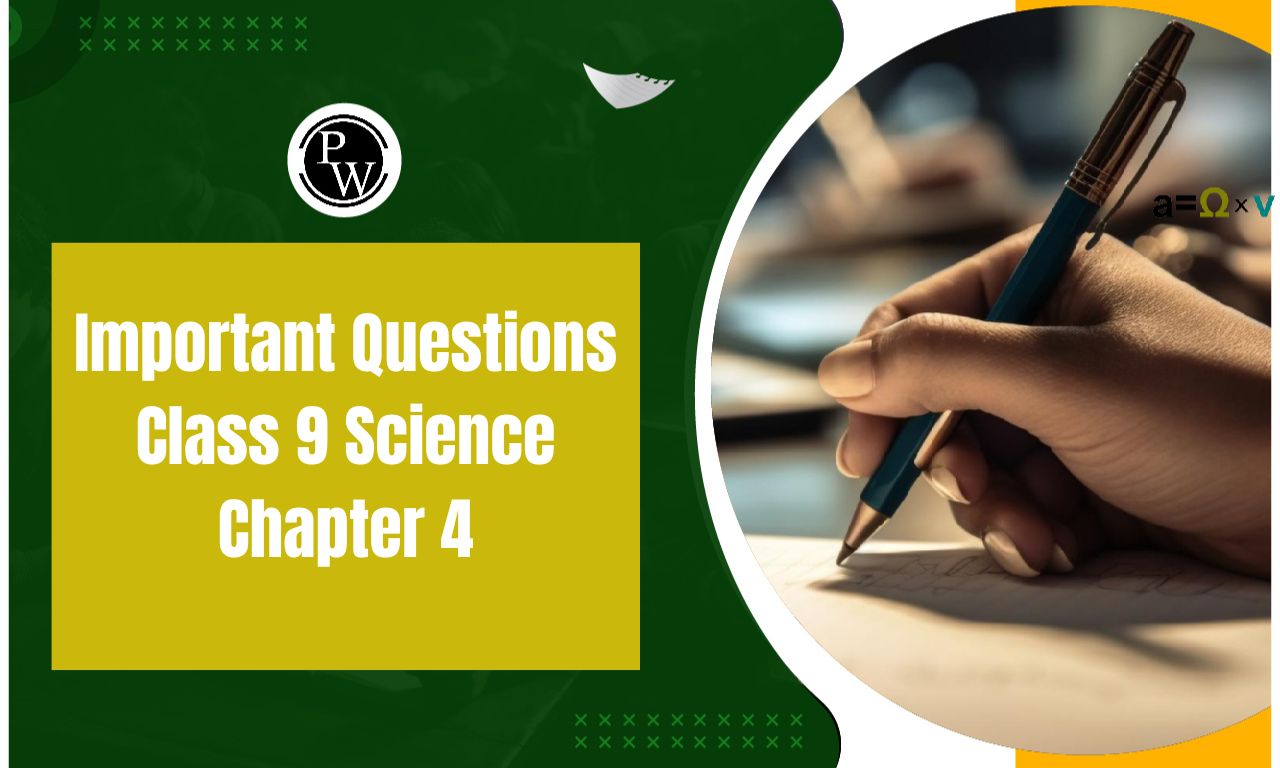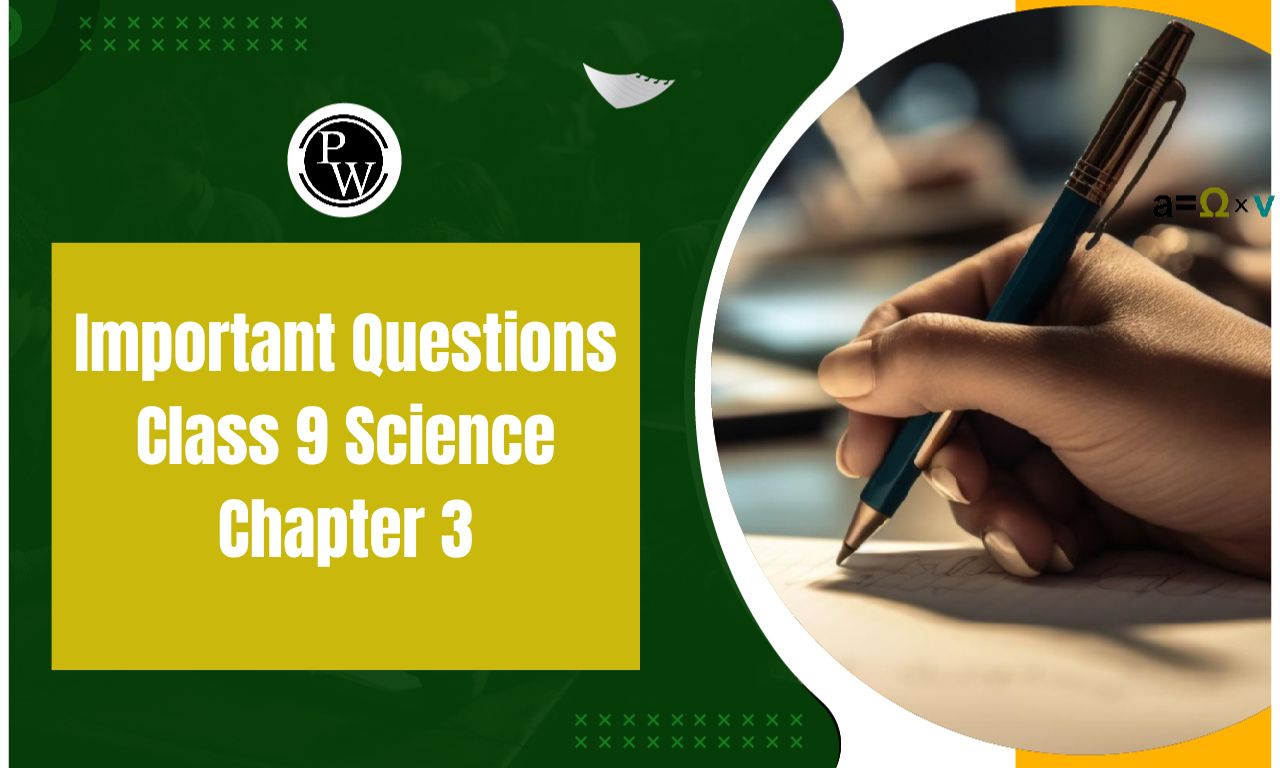
NCERT Solutions Class 9 English Poem Chapter 7: The most detailed and reliable NCERT Solutions Class 9 English Poem Chapter 7 Poem The Duck and the Kangaroo is provided here.
In this chapter, you'll read different poems, each with its own ideas and ways of expressing them. These solutions explain the poems in simple words, so you can understand what they're about. They also help you think about the poems more deeply, like why the poets used certain words or descriptions. By using these solutions, you can get better at understanding poetry and be ready to answer questions about them in your English exams.NCERT Solutions Class 9 English Poem Chapter 7 PDF
You can find the PDF link to NCERT Solutions for Class 9th English Poem Chapter 7 provided below. These solutions help you understand the poems covered in this part of your English course. By clicking on the link, you'll get detailed explanations of the poems, making it easier to understand their meanings and messages. These solutions are helpful for improving your understanding of poetry and preparing for your English exams.NCERT Solutions Class 9 English Poem Chapter 7 PDF
NCERT Solutions Class 9 English Poem Chapter 7 The Duck and the Kangaroo
Thinking about the Text
I. Discuss in pairs and answer each question below in a short paragraph (30–40 words).
Question 1. How many characters are there in the narrative? Name them. (Don’t forget the dog!).
Answer: There are four characters in the narrative. They are Jerome (the narrator), George, Harris and Montmorency (the dog).
Question 2 . Why did the narrator (Jerome) volunteer to do the packing?
NCERT Solutions Class 9 English Poem Chapter 1
Answer: Jerome volunteered to do the packing because he felt that he knew about more about packing than any other living being. He thought that he would get a chance to boss over the job.
Question 3 . How did George and Harris react to this? Did Jerome like their reaction?
Answer: George and Harris reacted very differently from what the author had wanted them to. When Jerome said that he would do the packing, they readily accepted the suggestion. George spread himself over the easy-chair and Harris plonked his legs on the table.
No, Jerome was irritated at their reaction.Question 4 . What was Jerome’s real intention when he offered to pack?
Answer: Jerome’s real intention was to boss over the job and George and Harris to follow his orders.
Question 5 . What did Harris say after the bag was shut and strapped? Why do you think he waited till then to ask?
Answer: After the bag was shut and strapped, Harris said, “Ain’t you going to put the boots in?”
NCERT Solutions Class 9 English Poem Chapter 2
He waited till then to ask the question so as to irritate Jerome.Question 6 . What “horrible idea” occurred to Jerome a little later?
Answer: The horrible idea that occurred to Jerome a little later was if he had packed the toothbrush. The narrator says that he doesn’t know why he would always forget whether he had packed his toothbrush or not.
Question 7 . Where did Jerome finally find the toothbrush?
Answer: Jerome unpacked everything and began to put the things back one by one. He held everything up and shook it. Then he finally found the toothbrush inside a boot.
Question 8 . Why did Jerome have to reopen the packed bag?
Answer: Jerome had to reopen the bag because he realised that he had packed his spectacles in it and had to re-open it.
Question 9 . What did George and Harris offer to pack and why?
Answer: George and Harris offered to pack the hamper. George said that he and Harris would better do the rest of the packing and let Jerome take some rest.
Question 10 . While packing the hamper, George and Harris did a number of foolish and funny things. Tick the statements that are true.
(i) They started with breaking a cup. (ii) They also broke a plate. (iii) They squashed a tomato. (iv) They trod on the butter. (v) They stepped on a banana. (vi) They put things behind them, and couldn’t find them. (vii) They stepped on things. (viii) They packed the pictures at the bottom and put heavy things on top. (ix) They upset almost everything. (x) They were very good at packing.Answer:
The statements that are true are: (i) They started with breaking a cup. (iii) They squashed a tomato. (iv) They trod on the butter. (vi) They put things behind them, and couldn’t find them. (vii) They stepped on things.II. What does Jerome say was Montmorency’s ambition in life? What do you think of Montmorency and why?
Answer: Jerome says that Montmorency’s ambition in life was to get in the way and get scolded. The poet says that Montmorency would feel that his day was not wasted if he could squirm in anywhere where he was not wanted and make people mad at him. The narrator continues to say that Montmorency’s highest aim and objective was to get somebody stumble over him and curse him for an hour.
I think that Montmorency is just another dog who seeks love and attention of the people around him. He wants to irritate people so as to make his presence felt.III. Discuss in groups and answer the following questions in two or three paragraphs (100–150 words)
Question 1: Of the three, Jerome, George and Harris, who do you think is the best or worst packer? Support your answer with details from the text.
Answer: Of the three, Jerome is the best packer as he knows how to arrange things properly. He is not a flawless packer as he forgets things outside. Later, he searches for spectacles and finds out that he packed them too in the bag. Also, he has an odd habit of forgetting if he had packed his toothbrush.
George and Harris are equally worse in packing. They stepped on things. They put things behind them and then couldn’t find them when they wanted them. They packed the pies at the bottom, and put heavy things on top and smashed the pies in. They upset salt over everything and created a chaos in the room.Question 2: How did Montmorency ‘contribute’ to the packing?
Answer: Montmorency’s ambition in life was to get in the way and get scolded. The poet says that Montmorency would feel that his day was not wasted if he could squirm in anywhere where he was not wanted and make people mad at him.
Montmorency came and sat down on things, just when they had to be packed. He labored under the fixed belief that whenever George or Harris reached out their hand for anything, it was his cold damp nose they wanted! He put his leg into the jam and disturbed the teaspoons. He pretended that the lemons were rats. So, he got into the hamper and killed three of them before Harris could beat him with the frying pan. In this way, he contributed to the packing.Question 3: Do you find this story funny? What are the humorous elements in it? (Pick out at least three, think about what happens, as well as how it is described.)
Answer: Yes, the story is very funny. All the characters in the story and the way the events are described are humorous. Here are three such elements:
– When Jerome proposes to do the packing, George and Harris readily accept the suggestion. They sit comfortably leaving the entire job to Jerome. The real intention behind Jerome’s suggestion was that he would boss over the job while George and Harris would follow his orders. – George trod on the butter. He got it off his slipper and tried to put it in the kettle. Then they put it on a chair. Harris sat on it and it stuck to him. They went looking for it in the entire room. Finally, George saw it stuck on Harris’ back. – Montmorency’s ambition in life was to get in the way and get scolded. He laboured under the fixed belief that whenever George or Harris reached out their hand for anything, it was his cold damp nose they wanted! He pretended that the lemons were rats. So, he got into the hamper and killed three of them.Thinking about Language
I. Match the words/phrases in Column A with their meanings in Column B.
| A | B |
| Slaving | (i) a quarrel or an argument |
| Chaos | (ii) remove something from inside another thing using a sharp tool |
| Rummage | (iii) strange, mysterious, difficult to explain |
| Scrape out | (iv) finish successfully, achieve |
| Stumble over, tumble into | (v) search for something by moving things around hurriedly or carelessly |
| Accomplish | (vi) complete confusion and disorder |
| Uncanny | (vii) fall, or step awkwardly while walking |
| (to have or get into) a row | (viii) working hard |
Answer:
| A | B |
| Slaving | (viii) working hard |
| Chaos | (vi) complete confusion and disorder |
| Rummage | (v) search for something by moving things around hurriedly or carelessly |
| Scrape out | (ii) remove something from inside another thing using a sharp tool |
| Stumble over, tumble into | (vii) fall, or step awkwardly while walking |
| Accomplish | (iv) finish successfully, achieve |
| Uncanny | (iii) strange, mysterious, difficult to explain |
| (to have or get into) a row | (i) a quarrel or an argument |
II. Use suitable words or phrases from Column A above to complete the paragraph given below.
A Traffic Jam
During power cuts, when traffic lights go off, there is utter _________ at crossroads. Drivers add to the confusion by _________ over their right of way, and nearly come to blows. Sometimes passers-by, seeing a few policemen _________ at regulating traffic, step in to help. This gives them a feeling of having _________ something.Answer:
During power cuts, when traffic lights go off, there is utter chaos at crossroads. Drivers add to the confusion by getting into a row over their right of way, and nearly come to blows. Sometimes passers-by, seeing a few policemen slaving at regulating traffic, step in to help. This gives them a feeling of having accomplished something.III. Look at the sentences below. Notice that the verbs (italicised) are all in their bare form.
• Simple commands: – Stand up! – Put it here! • Directions: (to reach your home) Board Bus No.121 and get down at Sagar Restaurant. From there turn right and walk till you reach a book shop. My home is just behind the shop. • Dos and don’ts: – Always get up for your elders. – Don’t shout in class. • Instructions for making a fruit salad: Ingredients Oranges – 2 Pineapple – one large piece Cherries – 250 grams Bananas – 2 Any other fruit you like Wash the fruit. Cut them into small pieces. Mix them well. Add a few drops of lime juice. Add sugar to taste. Now add some cream (or ice cream if you wish to make fruit salad with ice cream.)Question 1: Now work in pairs. Give
(i) two commands to your partner. (ii) two dos and don’ts to a new student in your class. (iii) directions to get to each other’s houses. (iv) instructions for moving the body in an exercise or a dance, or for cooking something.Answer:
(i) Commands: Sit properly. Respect your elders. (ii) Dos: Do your homework regularly. Stand whenever a teacher enters the class. Don’ts: Don’t leave your lunch unfinished. Don’t fight in the school. (iii) From the Globe Chowk, take right turn to arrive onto street 21. Take the first left. You will find a park on the right. Keep walking till you find the end corner of the park on the same road. Take a right turn to arrive onto street 36. Look for the house with two palm trees and that is my house. (iv) Sit with your spine straight. Take a deep breath. Place both your palms near your head. Put your forefingers above the eyebrows. Place your middle and ring fingers on your eyelids. Place your little finger under your eyes. Make a humming sound while keeping your mouth closed. This is called Bhramari Pranayam.Question 2: The table below has some proverbs telling you what to do and what not to do. Fill in the blanks and add a few more such proverbs to the table.
| Positive | Negative |
| (i) Save for a rainy day. | (i) Don’t cry over spilt milk. |
| (ii) Make hay while the sun shines. | (ii) Don’t put the cart before the horse. |
| (iii) ________ before you leap. | (iii) ________ a mountain out of a mole hill. |
| (iv) ________ and let live. | (iv) ________ all your eggs in one basket. |
Answer:
| Positive | Negative |
| (i) Save for a rainy day. | (i) Don’t cry over spilt milk. |
| (ii) Make hay while the sun shines. | (ii) Don’t put the cart before the horse. |
| (iii) Look before you leap. | (iii) Don’t make a mountain out of a mole hill. |
| (iv) Live and let live. | (iv) Don’t put all your eggs in one basket. |
| (v) Keep your mouth shut and your eyes open. | (v) Don’t bite off more than you can chew. |
| (vi) Cross the stream where it is shallowest. | (vi) Don’t blow your own trumpet. |
| (vii) Hope for the best, prepare for the worst. | (vii) Don’t judge a book by its cover. |
| CBSE Class 9 Maths Syllabus | CBSE Class 9 Science Syllabus |
| CBSE Class 9 Computer Application Syllabus | CBSE Class 9 Hindi Syllabus A |
| CBSE Class 9 English Syllabus | CBSE Class 9 Social Science Syllabus |
NCERT Solutions for Class 9 English Poem Chapter 7 FAQs
What is the central message of "The Duck and the Kangaroo"?
What is the tone of "The Duck and the Kangaroo"?
What is the poem "The Duck and the Kangaroo" about?


